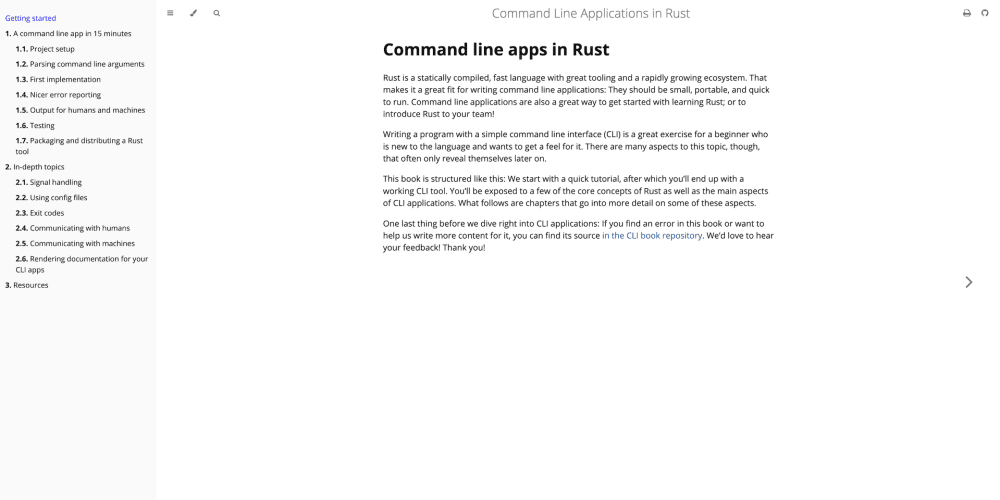Industrial Rubber refers to rubber products used in various industrial applications, including seals, gaskets, hoses, belts, and vibration isolators. These products are essential for maintaining machinery, improving operational efficiency, and ensuring safety in industrial operations. The global industrial rubber market was valued at US$ 57.2 Bn in 2022. With a compound annual growth rate (CAGR) of 6.4%, the market is expected to reach US$ 106.4 Bn by 2032. The growth is fueled by expanding industrial activities, increased infrastructure projects, and advancements in rubber manufacturing technologies.
The industrial rubber industry, a cornerstone of many manufacturing sectors, faces a complex and evolving regulatory landscape. Regulatory changes impact everything from product design and manufacturing processes to environmental practices and safety standards. Navigating these changes effectively is crucial for companies aiming to stay compliant and competitive. This blog delves into the key aspects of regulatory changes in the industrial rubber industry and provides guidance on how companies can adapt and thrive amidst evolving regulations.
Understanding the Regulatory Framework
Regulations in the industrial rubber industry are multifaceted, covering various aspects including:
Health and Safety Standards: Ensuring the safety of workers and consumers is a priority. Regulations often focus on the handling of hazardous materials, personal protective equipment (PPE), and workplace safety protocols.
Environmental Compliance: Environmental regulations address the impact of rubber production on air, water, and soil quality. This includes waste management, emissions control, and the use of sustainable materials.
Product Quality and Standards: Regulatory bodies set standards for product performance, durability, and safety. Compliance with these standards is necessary to ensure that products meet industry benchmarks and consumer expectations.
Chemical Regulations: The use of chemicals in rubber manufacturing is subject to strict regulations. These regulations govern the types and quantities of chemicals used and mandate proper labeling and safety measures.
Key Regulatory Bodies and Standards
OSHA (Occupational Safety and Health Administration): In the U.S., OSHA sets standards for workplace safety, including the handling of hazardous materials and PPE requirements.
EPA (Environmental Protection Agency): The EPA regulates environmental impacts, including emissions from manufacturing processes and waste management practices.
ISO (International Organization for Standardization): ISO standards, such as ISO 9001 for quality management and ISO 14001 for environmental management, are widely adopted in the rubber industry.
REACH (Registration, Evaluation, Authorisation, and Restriction of Chemicals): In the European Union, REACH regulations control the use of chemicals in manufacturing, including those used in rubber production.
Recent Regulatory Changes
Stricter Environmental Regulations: There has been a global push for more stringent environmental regulations. For instance, new limits on emissions and waste disposal are being implemented to address concerns about climate change and pollution.
Enhanced Chemical Safety Standards: Regulations regarding the use and disclosure of hazardous chemicals have become more rigorous. This includes requirements for detailed safety data sheets and more stringent testing of chemical substances.
Increased Focus on Sustainable Practices: There is growing emphasis on sustainability and circular economy principles. Regulations are encouraging the use of recycled materials, reduction of waste, and sustainable sourcing practices.
Updates to Product Safety Standards: Changes in safety standards reflect advancements in technology and increased understanding of potential risks. Companies must stay abreast of updates to ensure their products meet the latest safety criteria.
Request for Sample@ https://www.persistencemarketresearch.com/samples/14041
Strategies for Navigating Regulatory Changes
Stay Informed: Regularly monitor updates from relevant regulatory bodies and industry associations. Participate in industry forums, webinars, and workshops to stay current on regulatory changes and best practices.
Implement Robust Compliance Systems: Develop and maintain comprehensive compliance management systems. This includes tracking regulatory requirements, implementing internal audits, and ensuring proper documentation and reporting.
Invest in Training: Ensure that employees are well-trained on new regulations and compliance requirements. Regular training helps in maintaining high safety standards and reducing the risk of non-compliance.
Adopt Best Practices: Embrace industry best practices for safety, environmental management, and quality control. This proactive approach not only ensures compliance but also enhances operational efficiency and reputation.
Engage with Regulators: Establish open lines of communication with regulatory agencies. Engaging with regulators can provide valuable insights and help address any concerns or clarifications needed regarding compliance.
Leverage Technology: Utilize technology solutions for regulatory tracking and compliance management. Software tools can streamline the process of monitoring regulations, managing documentation, and ensuring adherence to standards.
Case Studies: Successful Adaptation
Company A’s Environmental Initiative: A major rubber manufacturer successfully adapted to new environmental regulations by investing in advanced waste management systems and transitioning to more sustainable materials. This not only ensured compliance but also improved the company’s environmental footprint and public image.
Company B’s Chemical Safety Compliance: By implementing a robust chemical safety management system and enhancing training programs, Company B effectively navigated new chemical regulations. The company’s proactive approach resulted in smoother regulatory inspections and reduced risk of non-compliance.
Navigating regulatory changes in the industrial rubber industry requires vigilance, adaptability, and a proactive approach. As regulations continue to evolve, companies must stay informed and implement effective compliance strategies to ensure they meet the latest standards and maintain their competitive edge. By embracing best practices, investing in training, and leveraging technology, companies can not only comply with regulations but also drive improvements in safety, environmental sustainability, and overall operational efficiency.
In a dynamic regulatory environment, those who proactively manage and adapt to changes will be better positioned to succeed and thrive in the ever-evolving industrial rubber industry.
Follow Us: LinkedIn | Medium | Twitter



















